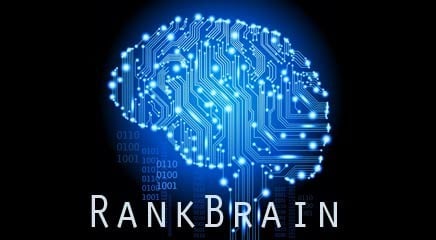For business owners and SEO professionals, every time Google changes things around in terms of how it evaluates websites and ranks them in its search results can be nerve wracking. This is true even for companies who pay attention to Google’s mission statement and the resulting changes that have come down the line.
In the fall, Google announced that it was employing machine-learning artificial intelligence system called RankBrain in order to sort through web results. At the time, no one knew exactly how this would change things or what measures to take in order to minimize any negative effect for individual websites. Almost half a year has passed, so what do we know about RankBrain now?
RankBrain is not Google’s new algorithm. It’s part of Google’s overall algorithm, Hummingbird, and will help determine how relevant individual web pages are for specific search terms. The algorithm also contains other parts that might sound familiar: Panda, Penguin, Payday, Pigeon, Top Heavy, Mobile Friendly, Pirate, and the recently retired PageRank. Each one of these systems was created to address the more egregious problems Google faced in its goal of creating an overall safe and information-rich web environment.
The new RankBrain system will rank sites on a scale of 1 to 10 in terms of relevance, with a 1 being the lowest and a 10 signifying strong relevance. This is quite similar to how Google previously came up with its AdWords Quality Score, only now it will be expanded to use for organic search.
At the present time RankBrain will not be significantly more important than the other parts of Hummingbird, but Google intends to see how it works and how it learns towards the eventual goal of making RankBrain the #1 ranking factor, making links and on-page SEO a much less important part of how it ranks a webpage.
Google processes up to 3 billion searches every day, and for approximately 500 million of those searches – or 15 percent – it doesn’t have an automatic answer. Those 500 million searches are words or strings of words it’s never seen before, so it’s “stumped.” However, by using an artificial intelligence system, Google’s search engines can detect patterns in searches now and connect those together, learning and getting better over time.
Because this is complex and changing all of the time, it can seem very intimidating to someone with a business whose only goal is to attract more traffic and convert those hits to sales. Rest assured that our SEO professionals have learned how to work with previous iterations of Google’s algorithm to help businesses attract customers, and we will be working to apply that knowledge to whatever comes next, much like RankBrain itself.


